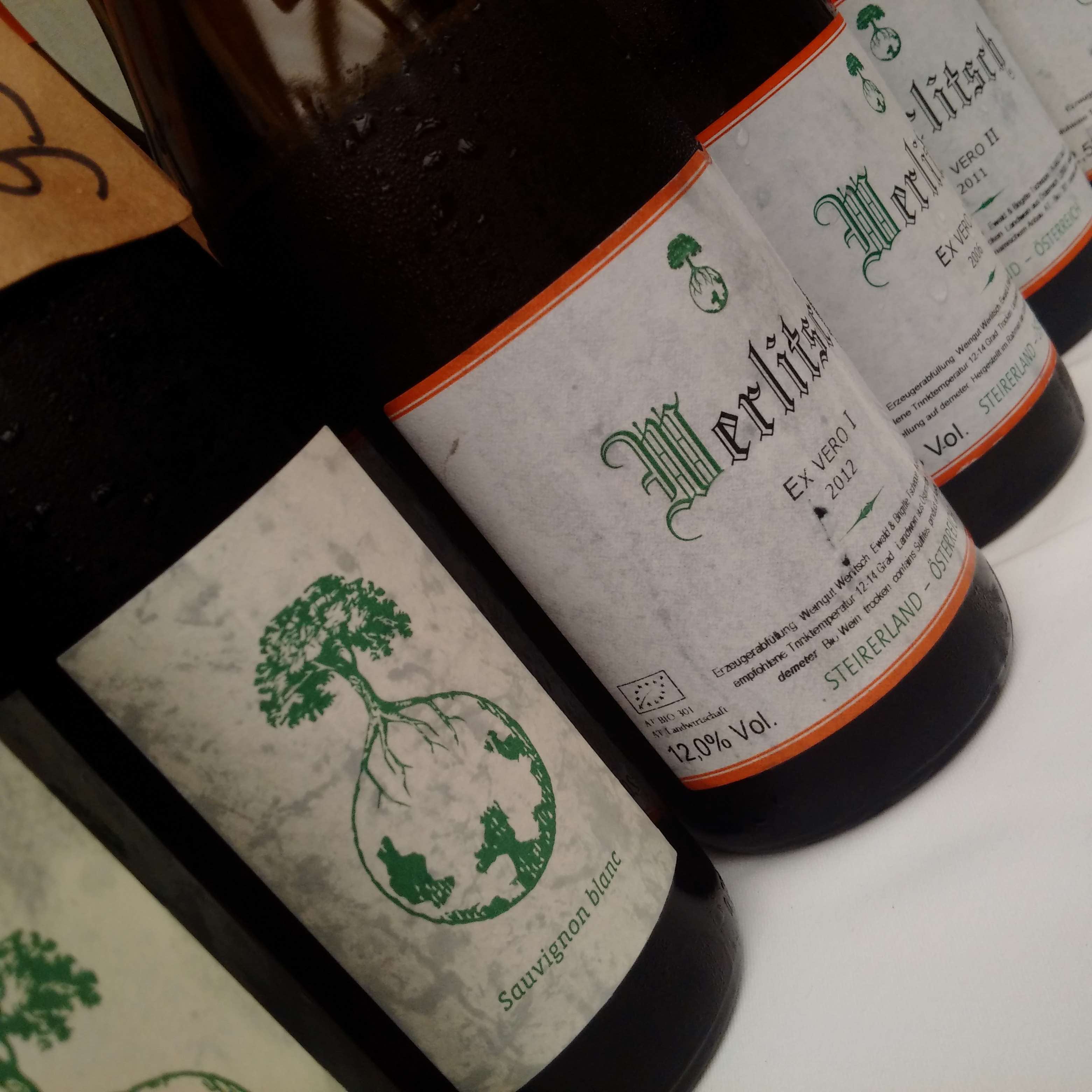Seven Austrian wines for seven marketing claims: Newcomer Wines rises to the challenge.
It’s fun to put marketing claims to the test. The Austrian Wine Marketing Board (AWMB) boldly claims “Seven Elements of Uniqueness”. While these elements could be tailored to pretty much any wine region, we are putting these particular claims of the Alpine Republic to the test. Peter Honegger, founder of Newcomer Wines, was our intrepid guide.
Claim 1 Climate
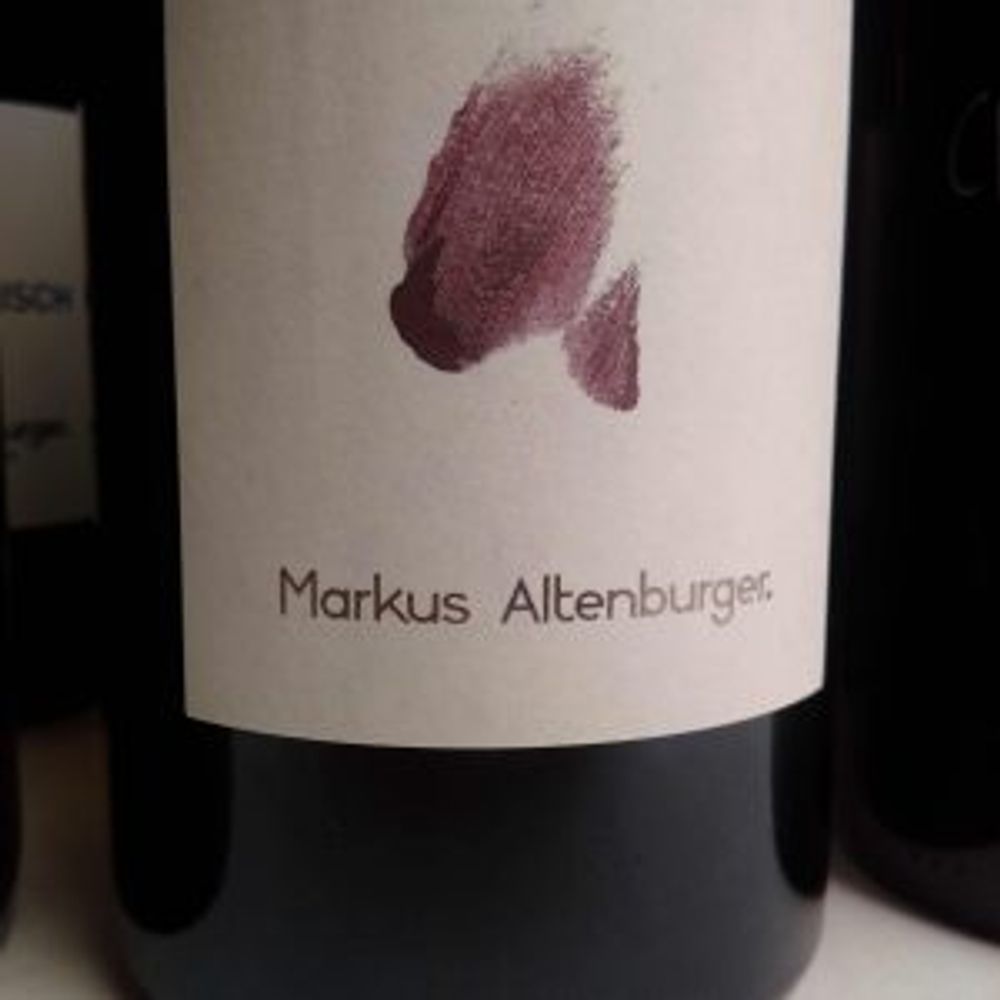
While Austria shares its latitudes with central and northern France, it has a very continental climate with marked seasons: it gets warmer in summer and colder in winter. Summer heat combined with cool nights, especially at altitudes, means that fine, elegant reds like Blaufränkisch can ripen.
Markus Altenburger, Helden Blaufränkisch, 2014, Burgenland, 12.5%
This sleek and toned red is all about fresh, ripe wild blueberry with the generous tingle of white pepper. This is a marginal and elegant rendition of this grape from the cool, cool 2014 vintage. This is unencumbered by new oak, so fruit speaks clearly and beautifully.
Claim 2 Land
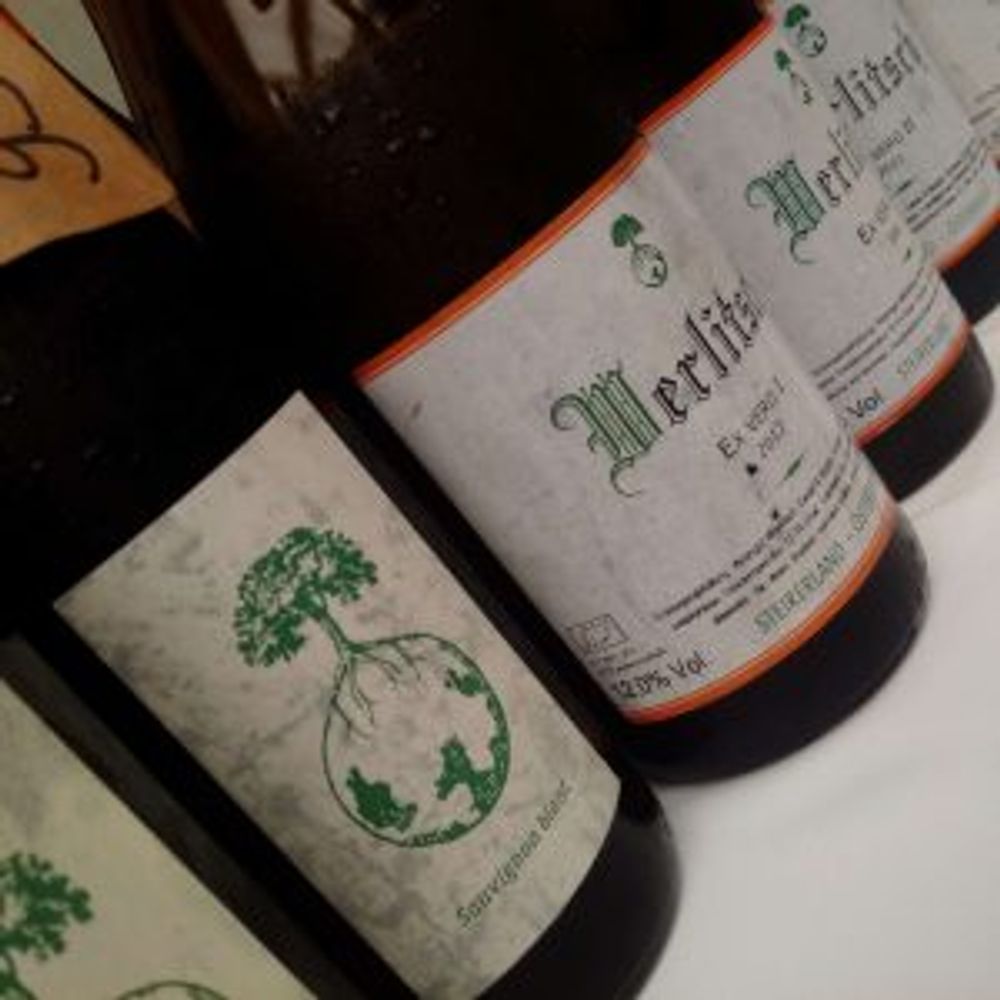
Despite being a tiny country which is mostly taken up by the giant peaks of the Alps, the wine regions are surprisingly diverse and worth exploring.
Weingut Werlitsch, Ex Vero, 2006, Steirerland, 12%
Yes, that is right, this is a Sauvignon Blanc/Chardonnay blend that is 10 years old. Ever since a 19th-century progressive, imperial princeling turned his attention to agriculture, both Chardonnay (known as Morillon here) and Sauvignon Blanc have been at home in Styria. This wonderfully slender, stony wine is incredibly youthful and a great expression of the verdant, cool Styrian hills. Serious quality. “Extreme elegance from unpruned, 40-60-year-old vines,” explains Honegger.
Claim 3 Grapes
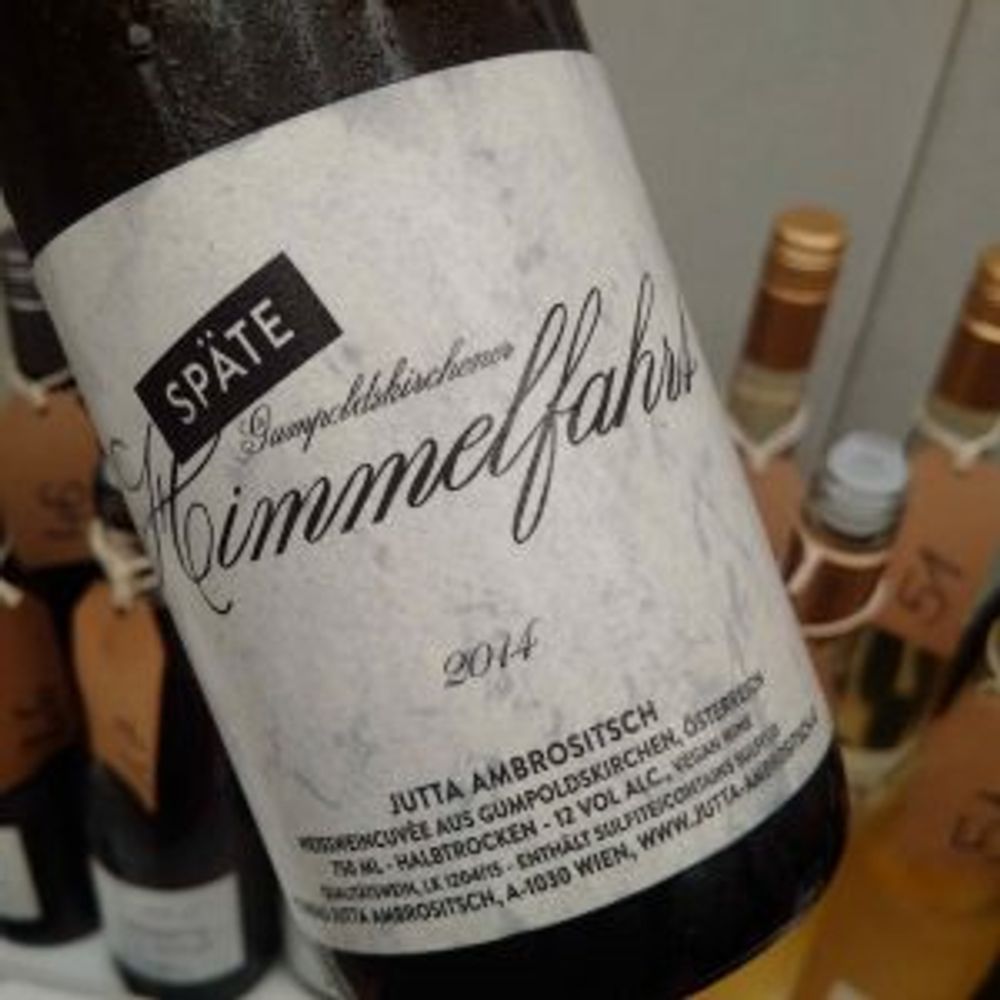
Yes, Austria may be small but it’s got its share of indigenous grapes. And no, for once this is not Grüner Veltliner. There are pockets of rather rare breeds like Zierfandler and Rotgipfler in the Thermenregion – both varieties together do not even amount to 250ha. So this is as rare as it is delish.
Jutta Ambrositsch, Späte Himmelfahrt, 2014, Gumpoldskirchen, Thermenregion, 12%
The name of this Rotgipfler/Zierfandler blend means ‘late ascension’ and is a racy, only just off-dry style which saves the day with Zierfandler’s killer acid and the grapes’ combined aromatics of quince, gingerbread and an enduring echo of lemon oil. It really does take you to heaven.
Claim 4 Culture
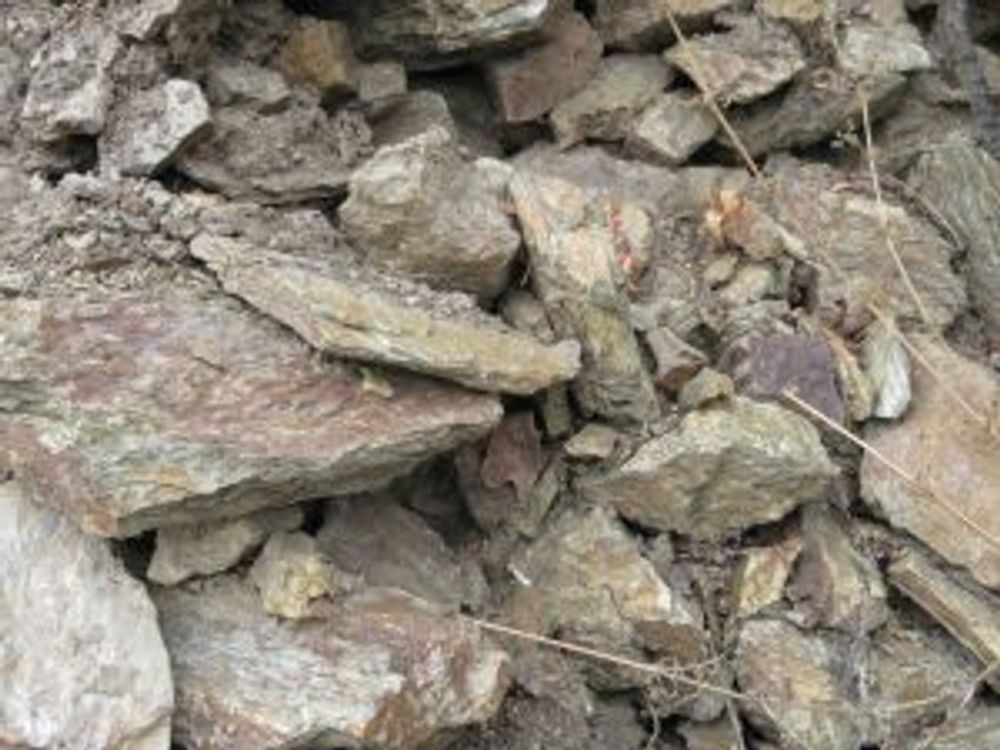
Newcomer Wines Austrian claims
Wine culture is ingrained in Austria. It was the Celts who started viticulture and the Austrians have been at it ever since. Tradition is kept alive by constant renewal and adaption.
Markus Altenburger, Neuburger, 2014, Leithaberg, Burgenland, 11.5%
Neuburger is another indigenous grape. It’s usually rather soft, nutty and tends to plumpness. This however is a new, skin-fermented and concrete-egg aged interpretation of this ultra-traditional grape. It sings with freshness and has appetising overtones of yeast, soy spice and apple peel. “Neuburger has been around for ages but this is a completely new way of making it,” says Honegger.
Claim 5 People
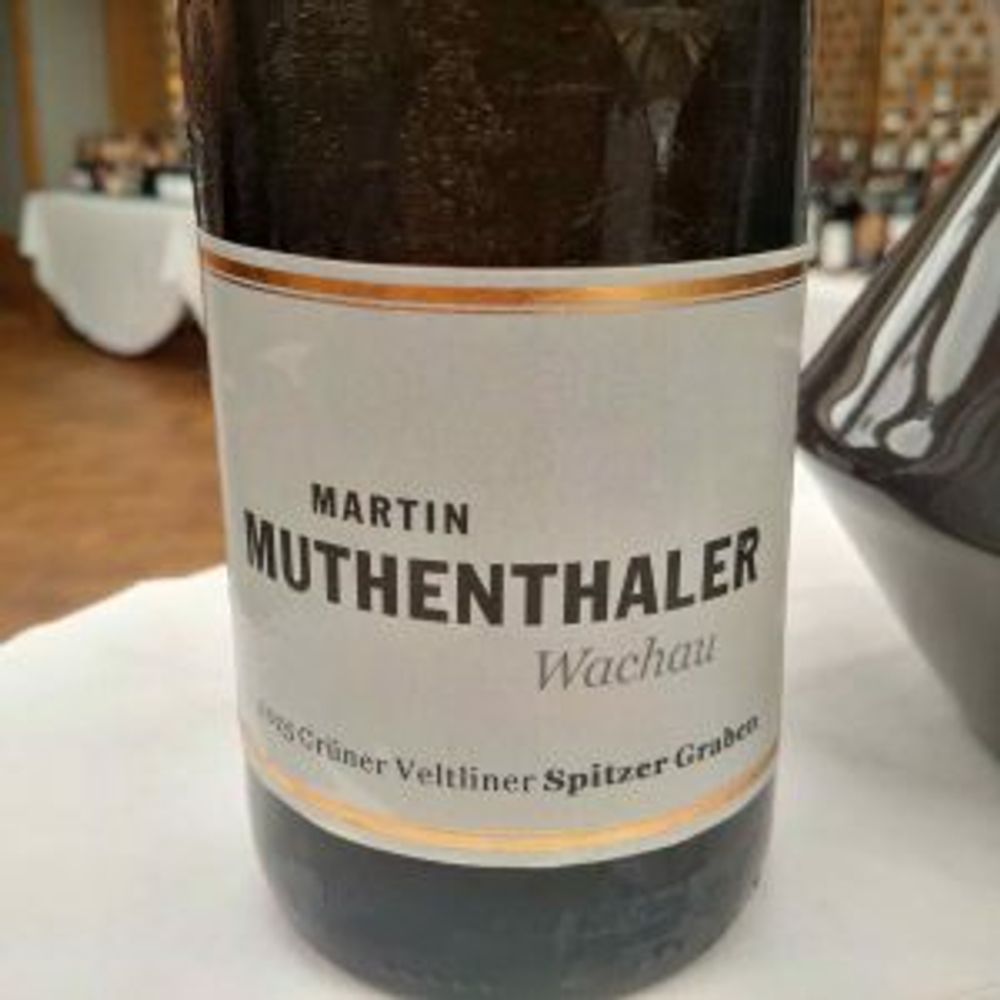
Austria’s wine industry has a mere handful of big players and their production is dwarfed in comparison to international standards. Winemaking is highly fragmented: artisanal, small-production wines are the rule.
Martin Muthenthaler, Grüner Veltliner, Spitzer Graben, 2015, Wachau, 12.5%
“This is the antithesis of your usual big Grüner Wachau bomb,” says Honegger. It is grown by an ex-worker of the local co-op on a vineyard in the coolest part of the Wachau, at its western end. Muthenthaler owns just three hectares but makes perceptive, subtle wines. Also try his elfin-style dry Rieslings. Pure, bottled subtlety.
Claim 6 Respect for the Land
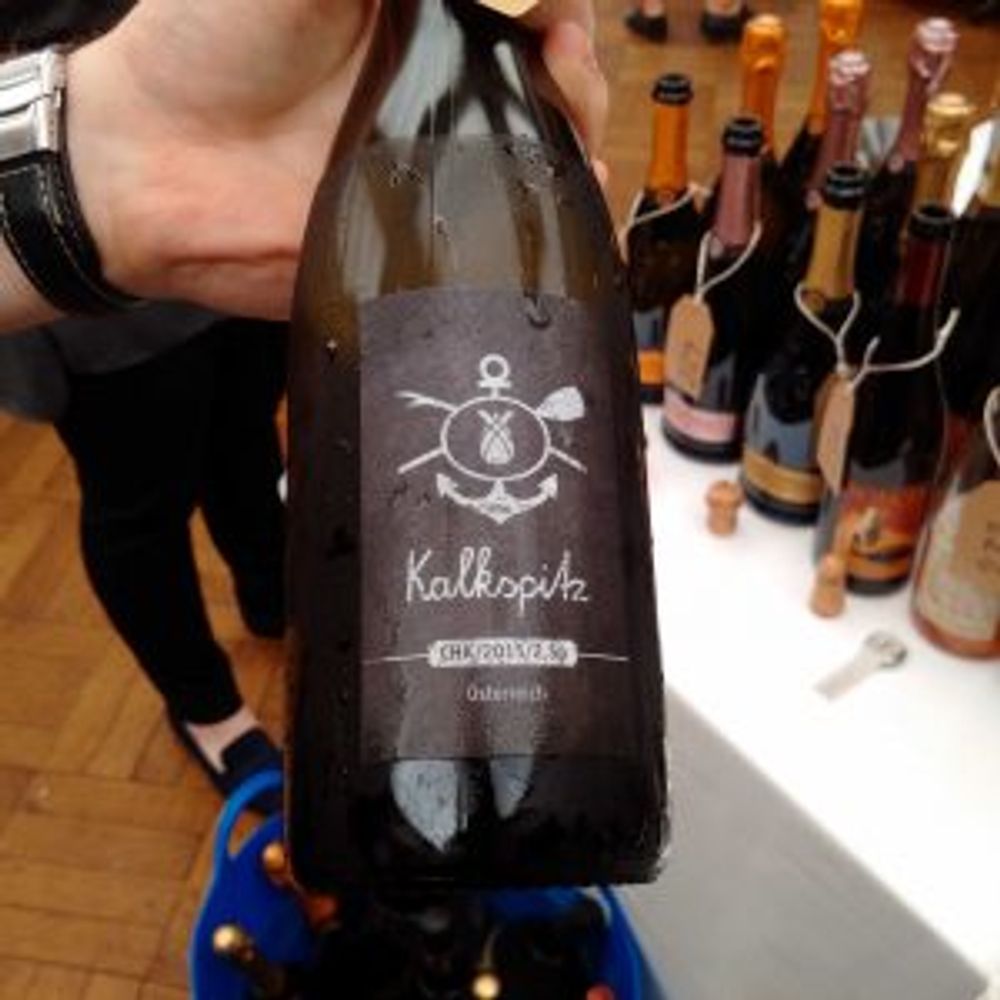
According to AWMB, “16% of all farmland and 10% of all vineyards are organically run. Moreover, Genetically Modifed Organism use is completely forbidden in Austrian farming.”
Christoph Hoch, Kalkspitz Pet Nat, Kremstal, 10.5%
Made from an intriguing blend of Grüner Veltliner, Zweigelt, Sauvignon Blanc fermented on skins, Riesling and Blauer Portugieser, this is surprisingly lithe and fragrant. Its dry freshness pervades everything, its fine, small-bubble fizz highlights the freshness even more. Needless to say this is grown biodynamically on the calcareous conglomerates and gneiss soils of the Kremstal.
Claim 7 Pairing with Food
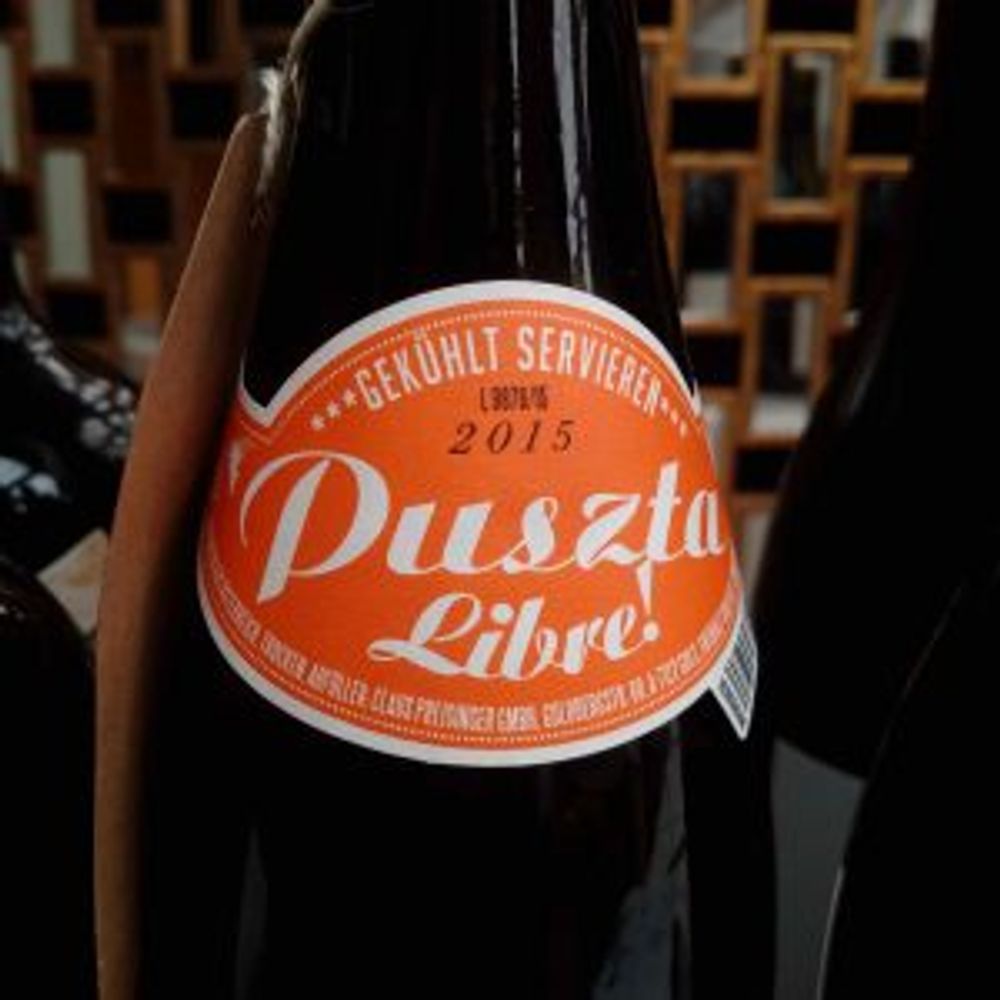
With moderate alcohol and fresh acidity, Austrian wines are made for the table – they are wines you actually drink – just look at all the empty bottles the morning after the party/the lunch/the dinner.
Claus Preisinger, Puszta Libre, Burgenland, 12%
The retro-label proclaims that this gutsy red should be served chilled. It has oodles of berry fruit of utter, joyful purity. Made from a blend of Zweigelt and Sankt Laurent, this is the result of Preisinger’s fruit from vineyards in conversion to biodynamics which cannot make it into his certified wines yet. All the more delicious for its sophisticated ease.
